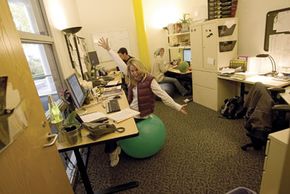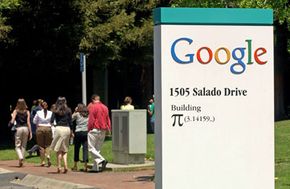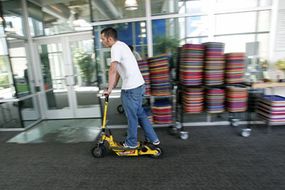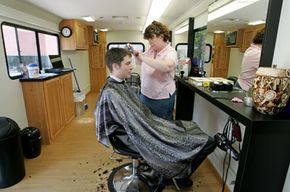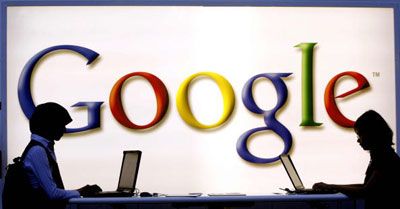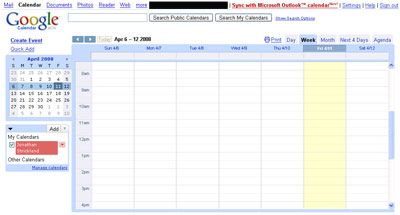In Mountain View, Calif., just a few miles south of the San Francisco Bay, there's a complex of buildings that serves as the headquarters for one of the most powerful companies in the technology industry. It's the home of Google, the Internet search engine giant. By some accounts, the Google campus is what you'd get if you combined a typical high-tech Internet company's headquarters with an intellectual think tank and a heaping helping of Willy Wonka's chocolate factory.
Google calls its campus the Googleplex, which combines the words Google and complex. It's also a play on the world googolplex. A googolplex is an enormous number, but let's start smaller with just a googol. A googol is 10100 -- a one followed by 100 zeroes. But a googolplex is 10 to the power of googol. So 10googol is a 1 followed by a googol of zeroes.
Advertisement
Google purchased the grounds of the main campus from a technology company called Silicon Graphics (SGI). Silicon Graphics created the digital dinosaurs in the film "Jurassic Park." A statue of a Tyrannosaurus Rex stands guard over the campus, perhaps as a nod to the area's previous inhabitants.
An architect named Clive Wilkinson of Clive Wilkinson Architects designed the workspaces in the Googleplex. Wilkinson's designs are famous for being inventive and whimsical. At the Googleplex, Wilkinson concentrated on creating buildings that fostered teamwork and creativity.
As of 2008, Google employs more than 19,000 people [source: Google Finance]. Google has offices in several countries, so not all of those employees get to take advantage of the Googleplex -- only 8,000 or so work out of Mountain View. The campus now has more than 2 million square feet of office space. The acquisition of a 42-acre campus adjacent to the Googleplex will add another 1 million square feet soon [source: Helft].
While the Googleplex doesn't actually have rivers of chocolate or gangs of Oompa Loompas wandering the campus, it does feature many amenities and perks that can entice potential employees to apply for a job. Feeling hungry? Pop into a cafeteria for a free meal. Need to work off all that complimentary snack food that's within arm's reach? Head over to the gym and hit the treadmill for half an hour. You can find it all at the Googleplex -- there's no need to leave the campus.
What are the buildings and grounds like at the Googleplex? Keep reading to find out.
Advertisement
